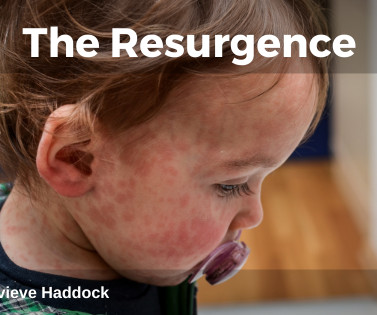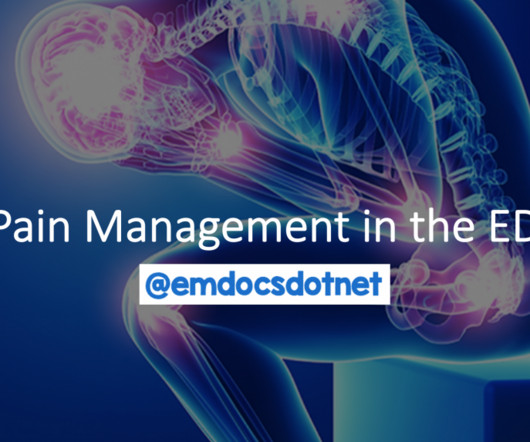SGEM#409: Same as it Ever Was – Tamiflu for Influenza?
The Skeptics' Guide to EM
JULY 8, 2023
Case: A 57-year-old woman with hypertension, hyperlipidemia and type-2 diabetes mellitus presents to the emergency department (ED) with fever, cough, myalgias, headache and congestion. The Cochrane collaboration published analyses of the available data in 1999, 2003 and 2006.












Let's personalize your content